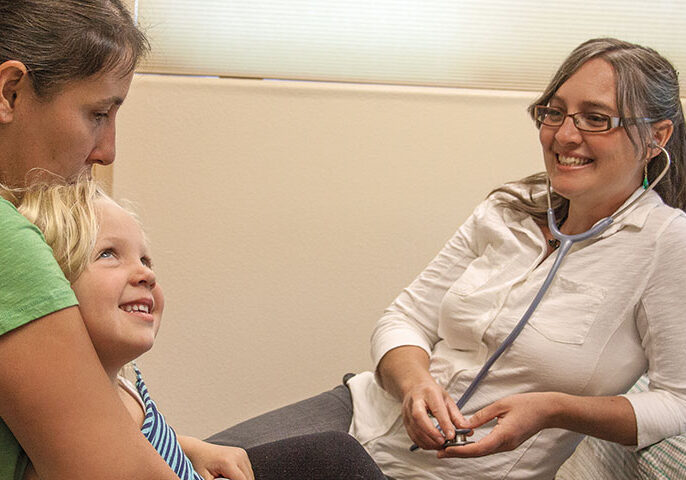You’ve probably heard a lot about the importance of getting enough Omega-3 and Omega-6 in your diet. But what are they, really? And why are they important? It’s time to get the skinny on these essential fatty acids (or EFAs for short).
What they are:
Essential fatty acids—including Omega-3 and Omega-6—are polyunsaturated fats that differ in their chemical structure. And they’re essential because of the many health benefits they deliver. For starters, they help build new cells—critical for developing the central nervous system. Plus, they help your body function properly, improve heart health, boost your body’s ability to absorb nutrients, and keep brains healthy.
Because EFAs are vital to your health (hence the name “essential”), it’s important that you get enough of them. The catch? Your body can’t produce EFAs on its own—you need to get these good-for-you fats from food.
Why you need them:
Among other functions, fat carries vitamins A, D, E, and K through your body, keeps skin healthy, and promotes good vision. Specifically, essential fatty acids benefit your brain, heart, and metabolism, playing important roles in processes like inflammation and blood clotting.
Omega-3: These powerhouse EFAs improve heart health, boost brain function, support infant brain development, help with weight management, promote bone density, decrease liver fat, and reduce inflammation.
Omega-6: These fatty acids provide energy, promote bone health, decrease nerve pain, maintain a healthy reproductive system, and support muscle health.

Where can you best get them?
Like most nutrients, you should first turn to food sources before considering a supplement. Here are your top bets for getting EFAs through healthy food choices.
Omega-3: Look to fatty, cold-water fish such as salmon, sardines, shrimp, tuna, bluefish, herring, mackerel, and black cod. Omega-3 fortified eggs are another option, as well as vegetarian sources like walnuts and flax seed. But your best bet? Seafood.
Tip: When trying to get your kids to eat fish, take a kid-friendly approach to recipes. Try baking salmon in teriyaki sauce or making tuna sliders. Or, serve shrimp as a finger food with a side of orange marmalade as a dipping sauce.
Omega-6: Go-to healthy sources include plant-based oils (think safflower, walnut, and extra-virgin olive oil) and seeds and nuts like sunflower seeds, pecans, and pine nuts.
Tip: Add seeds and nuts to salads or crush them up and use them as breading for baked fish or chicken.
Strike the right balance
Aim for the right balance of Omega-6 and Omega-3 fatty acids. In the Western world, most people eat plenty of Omega-6s, but not enough Omega-3s. Too much Omega-6 might contribute to chronic diseases such as asthma, cancer, and obesity. Health experts recommend a dietary ratio of Omega-6 to Omega-3 fatty acids of 4:1 or less. Research suggests that a high Omega-6/low Omega-3 diet increases inflammation, while a diet with a balanced level of these fats decreases inflammation.
Posted in: Health & Nutrition
Comment Policy: All viewpoints are welcome, but comments should remain relevant. Personal attacks, profanity, and aggressive behavior are not allowed. No spam, advertising, or promoting of products/services. Please, only use your real name and limit the amount of links submitted in your comment.







